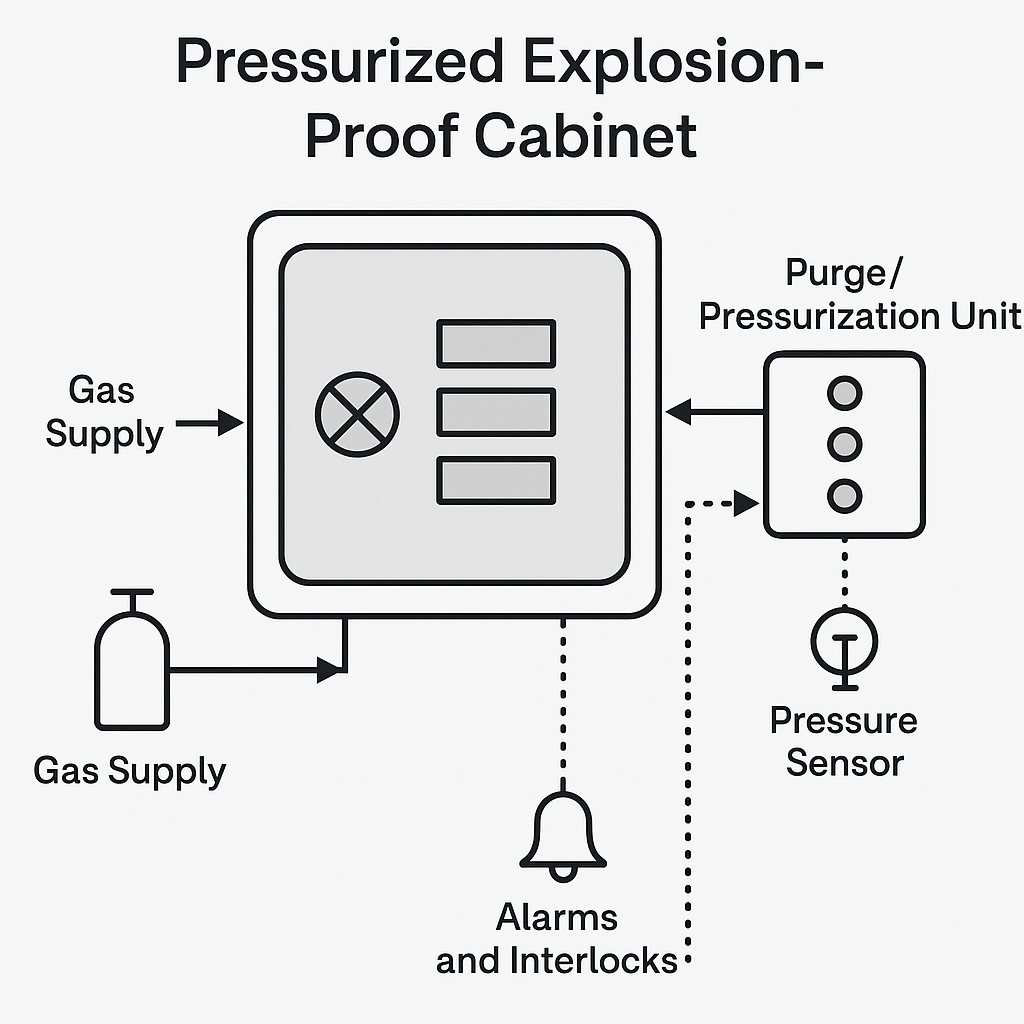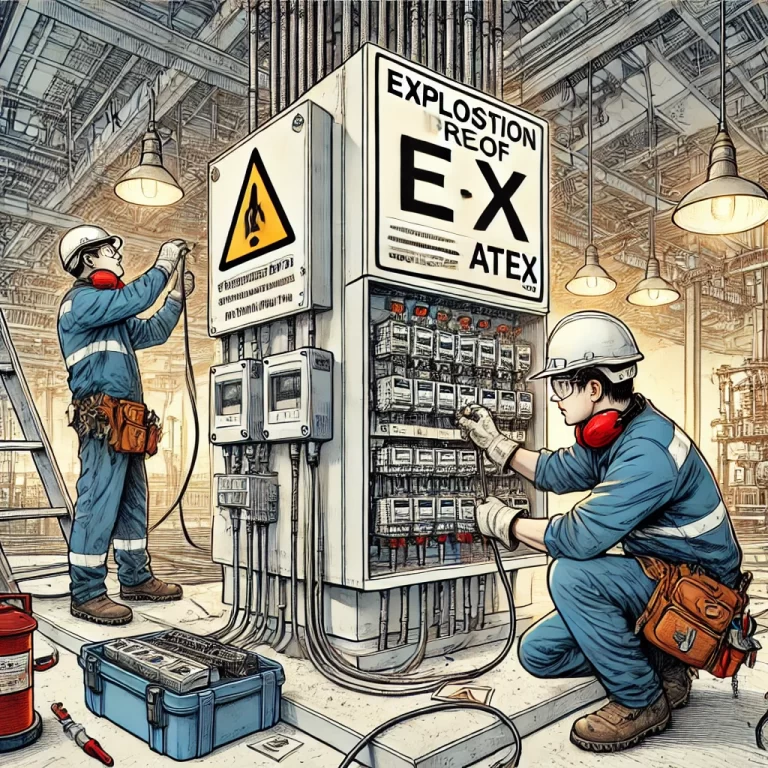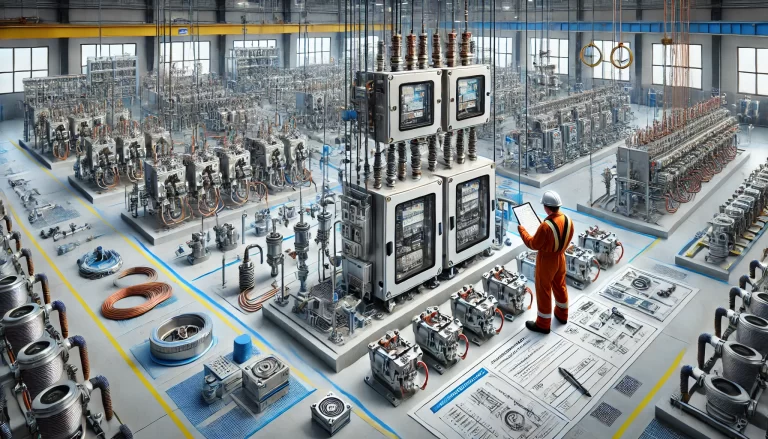Explosion-proof electrical equipment refers to devices designed to operate in hazardous environments without igniting explosive atmospheres. Among explosion protection markings, the designations IIA, IIB, and IIC are commonly encountered. This article explains their meanings and differences to aid in correct equipment selection.
1. Classification of Explosive Atmospheres
Explosive environments are classified based on the nature of the hazardous substances present. According to international standards (such as IEC and ATEX), hazardous areas are divided into the following groups:
Group I: Environments with methane, typically in underground coal mines.
Group II: Environments with explosive gases or vapors in industrial applications.
Group III: Environments with combustible dust or fibers.
Group II gases are further subdivided based on their ignition properties into:
Group IIA
Group IIB
Group IIC

2. Key Differentiators: MESG and MICR
The classification into IIA, IIB, and IIC depends on:
MESG (Maximum Experimental Safe Gap): A measure of a gas’s ability to propagate an explosion through a narrow gap.
MICR (Minimum Igniting Current Ratio): The ratio of the minimum current required to ignite the gas to that of methane under test conditions.
| Classification | Representative Gas | MESG (mm) | MICR | Explosion Risk |
|---|---|---|---|---|
| IIA | Propane | > 0.90 | > 0.80 | Low |
| IIB | Ethylene | 0.50–0.90 | 0.45–0.80 | Medium |
| IIC | Hydrogen, Acetylene | < 0.50 | < 0.45 | High |
Equipment rated for IIC environments can also be used in IIB and IIA atmospheres, offering the highest level of protection.

3. Application to Electrical Equipment
Explosion-proof equipment must be selected based on the classification of the hazardous gas or vapor present:
Flameproof (Ex d) equipment is designed based on MESG classification.
Intrinsic Safety (Ex i) equipment is rated based on MICR.
For example:
IIA equipment is suitable for areas with propane or similar gases.
IIB equipment is used in environments with ethylene.
IIC equipment is required for highly explosive gases like hydrogen or acetylene.

4. Practical Guidance for Equipment Selection
When selecting explosion-proof devices such as sensors, transmitters, or radar level meters, it is essential to:
Confirm the hazardous gas classification of the installation site.
Choose the appropriate protection level (IIA, IIB, or IIC) based on ignition parameters.
Ensure compliance with relevant standards (e.g., ATEX, IECEx, NEC/CEC).
Prefer IIC-rated equipment in mixed or uncertain environments for higher safety margins.

Conclusion
Understanding the differences between IIA, IIB, and IIC classifications is crucial for ensuring the safe use of electrical equipment in hazardous environments. Selecting the correct protection level based on MESG and MICR helps prevent ignition risks and supports safe, compliant operations in oil, gas, chemical, and other industries.
